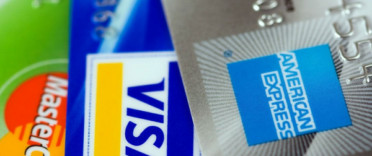 As you probably know a pension plan can be funded by monetary contributions by you, your employer or any other person. It is also possible to fund a pension plan by transferring monies across from another pension arrangement. All pension contributions, must be expressed in cash under current HMRC rules, but most people don't realise that it is also possible to transfer personally-held assets (such as shares) to their pension plan (such as a self invested personal pension – known as a SIPP).
As you probably know a pension plan can be funded by monetary contributions by you, your employer or any other person. It is also possible to fund a pension plan by transferring monies across from another pension arrangement. All pension contributions, must be expressed in cash under current HMRC rules, but most people don't realise that it is also possible to transfer personally-held assets (such as shares) to their pension plan (such as a self invested personal pension – known as a SIPP).
This then opens up the possibility for someone to transfer an asset into their SIPP (as long as it is permitted under pension legislation) so that it can form part of their pension fund and benefit from a pension's tax advantageous status going forwards. This has obvious attractions for individuals rich in assets but with little cash to hand.
Yes, it could be argued that it would be easier to sell the asset first and then use the proceeds to make a pension contribution. But putting any tax and sale charges aside the disadvantage of doing this is that the asset will not end up in the pension scheme, unless the pension scheme subsequently buys the assets. This could involve a delay and market valuations may move against you in the interim. Also, if the asset was a property it may not be available for sale when the pension scheme tries to buy it.
Tax Relief
Tax relief on in-specie contributions is exactly the same as any other 'normal' cash pension contribution and can be treated as a net personal contribution.
Capital Gains Tax
Making an in-specie contributions requires a transfer of assets. Consequently this is treated as a disposal for capital gains purposes and hence any tax due will need to be paid by you. But obviously you could mitigate this liability in the usual way (see the 'Capital Gains Tax' drop down menu above)
Risks
The mechanics of making an in-specie contribution are complicated and involve the establishment of an irrevocable debt and the settlement of the debt with assets rather than cash. The process has to be followed exactly in order to be valid and you must bear in mind that an irrevocable debt is a debt that can not be undone or be cancelled once the request to make a contribution has been formally accepted. Furthermore your pension provider is required by HMRC rules to pursue the debt until it has been settled using an asset or otherwise – which could lead to a court case if you are unable to fulfil your obligation. So you must seek financial advice if you wish to explore in-specie transfers.




